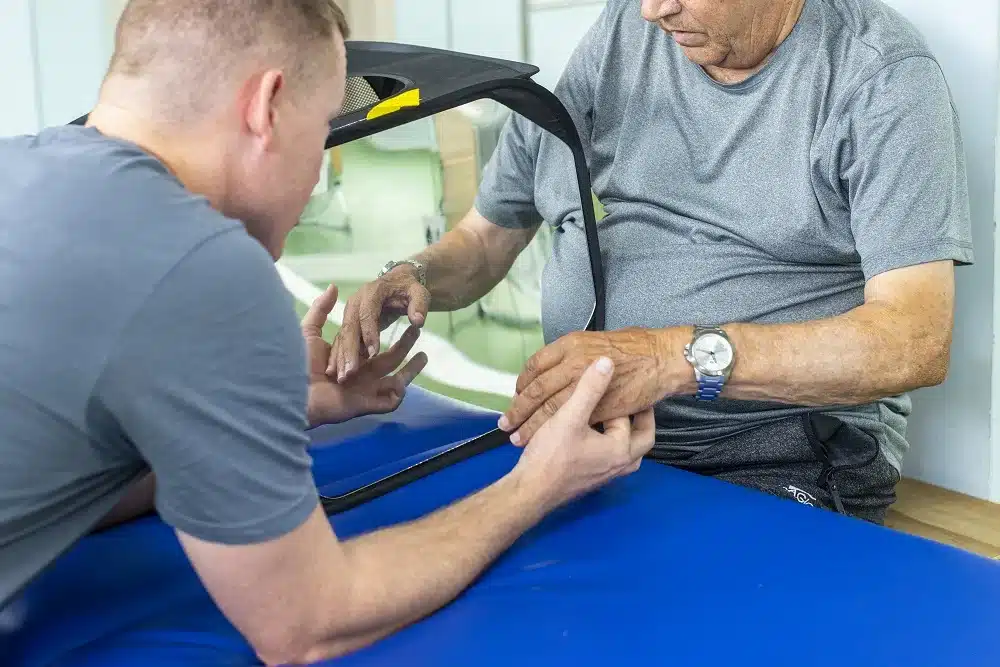Can you imagine receiving world-class neurological rehabilitation treatment while enjoying the Spanish sun and culture? For many Americans, this may sound like an unattainable dream, but it is not.
This guide is designed to answer all your questions about how to access neurological rehabilitation in Spain , from visa requirements to health insurance and what you can expect from the process.
Why Choose Spain for Neurological Rehabilitation?
Spain is known for its excellent healthcare system, which ranks among the best in the world. Neurological rehabilitation centers in Spain offer advanced and personalized treatments, using the latest technology and therapeutic approaches.
Spain’s Mediterranean climate, especially in cities like Malaga, contributes to a perfect environment for recovery. In addition, the relaxed lifestyle and rich Spanish culture can significantly enhance the rehabilitation experience.
Health Insurance
International Health Insurance
It is crucial to have international health insurance that covers your treatment in Spain. Some American policies may have international coverage, but it is advisable to check and consider additional insurance if necessary.
Costs and Coverage
Neurological rehabilitation costs in Spain can be significantly lower than in the United States, but vary depending on the center and the length of treatment. Make sure your insurance covers consultations, therapies, hospitalizations, and medications.
What to Expect from Treatment in Spain
Initial Evaluation
Upon arrival, you will be evaluated by a multidisciplinary team who will design a personalized treatment plan. This evaluation will include physical and neurological examinations and possibly additional tests such as MRIs.
Available Therapies
- Physiotherapy: To improve mobility and muscle strength.
- Occupational Therapy: To help you regain the skills needed for daily activities.
- Speech therapy: If you have difficulty speaking or swallowing.
- Cognitive Therapy: To improve memory, attention and other cognitive functions.
Duration and Frequency
The duration of treatment varies depending on the condition and response to treatment, but generally involves several sessions per week for several months.
Cultural Aspects and Adaptation
Spain offers a wide range of accommodation options, from hotels to furnished apartments. In cities like Malaga, public transport is efficient and accessible.
The main language is Spanish, but many health professionals speak English. In addition, Spaniards are known for their kindness and hospitality, which makes it easier to adapt.
While you are not undergoing treatment, you can enjoy Spain’s rich culture, from its cuisine to its festivals and beaches. Therapy can include walks and recreational activities that also contribute to recovery.
Conclusion
Opting for neurological rehabilitation in Spain can be a life-changing decision. Not only will you receive high-quality treatment, but you will also benefit from the Spanish climate, culture, and lifestyle. Plan ahead, make sure you have all the necessary documents, and prepare for a unique and enriching rehabilitation experience.
Now that you know how to do it, are you ready to embark on this journey towards your recovery in Spain?
Leave us your data to start your treatment







